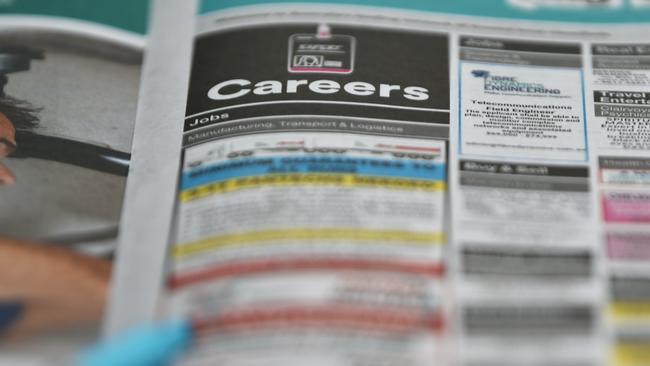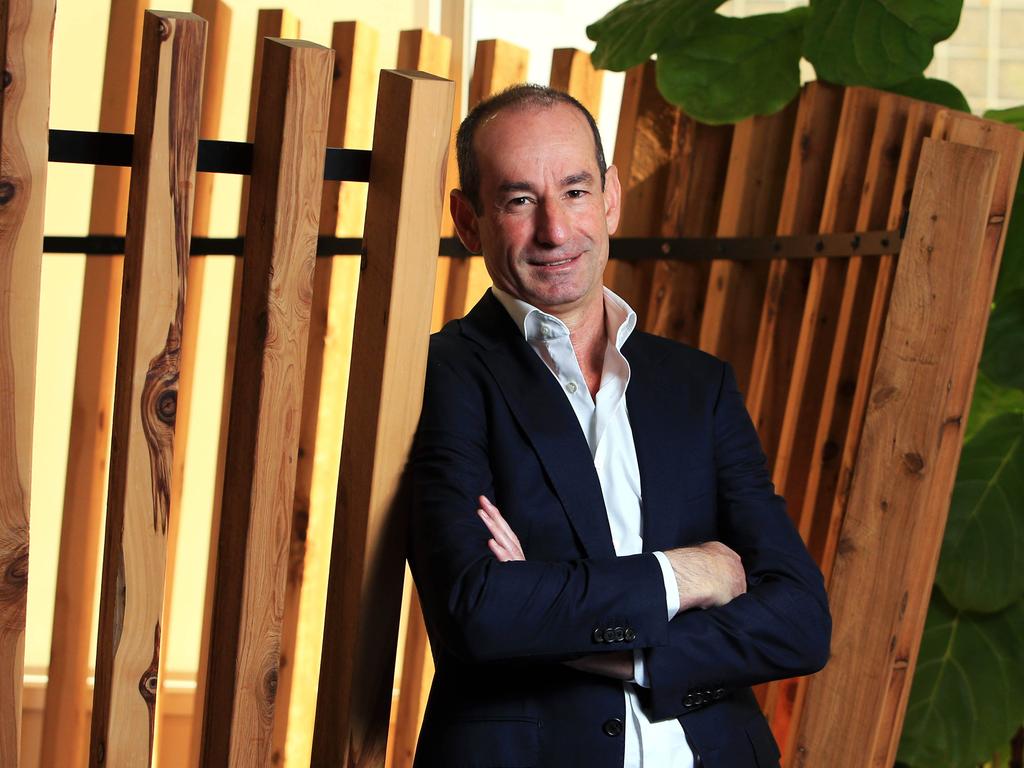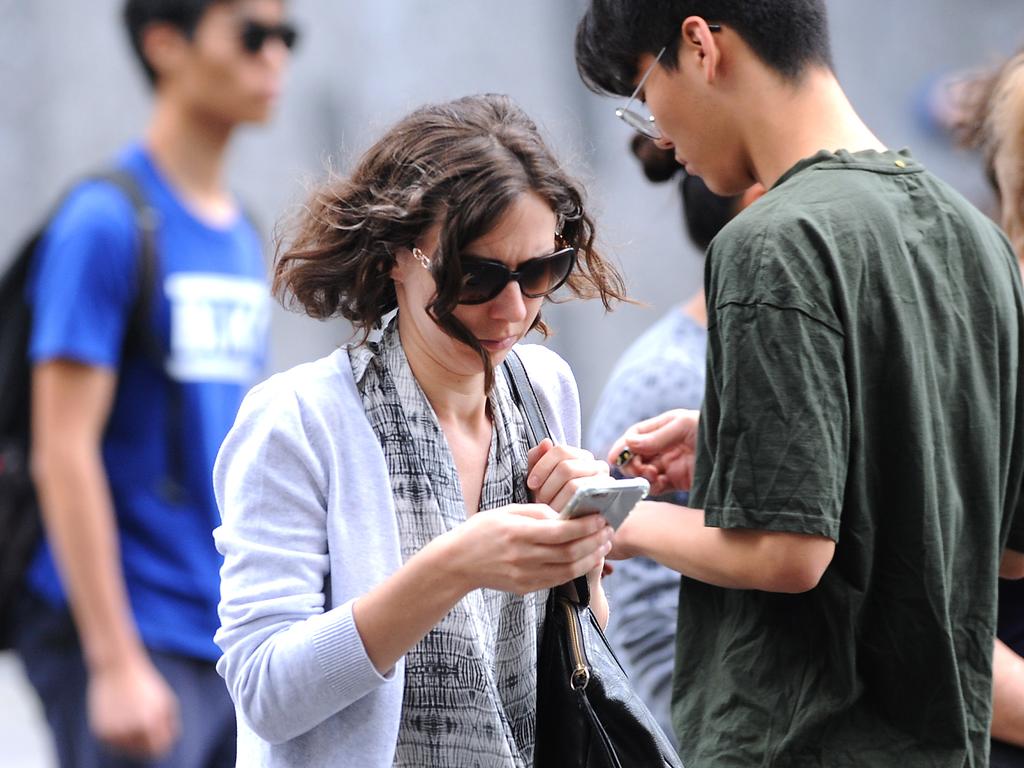Coronavirus: Job listings jump 14 per cent as Victoria reopens
Economists predict Victorian jobs are ‘on track to match or even exceed pre-COVID levels by year end’ as job ads rise 14 per cent.

Victoria’s reopening sparked a 14 per cent jump in the number of job advertisements in November, returning the number of ads almost back to pre-COVID levels and signalling that the rebound in employment in recent months could stretch into 2021.
ANZ’s job ads series for October was also revised higher to 11.9 per cent monthly rise, bringing the two month gain to 27 per cent. There were 145,684 job ads in November, just 4.7 per cent lower than the number recorded in February before the first impacts of the pandemic were felt, and 3.3 per cent down on a year earlier.
ANZ senior economist Catherine Birch said the number of ads were “on track to match or even exceed pre-COVID levels by year end”.
“This suggests that the rebound in national employment could continue into early-2021 at least, although the lagged recovery in full-time employment remains a concern,” Ms Birch said.
The October official labour force statistics revealed that the number of hours worked by Victoria jumped by 4.8 per cent in the month, four times to 1.2 per cent increase in working hours nationally. The further easing of restrictions through November will drive more economic activity and hiring, economists said.
But while part-time working hours have recovered to pre-COVID levels, the number of full-time hours in October remained below March levels, suggesting that businesses, facing more difficult operating conditions, have been taking back workers at reduced hours.
“There are other challenges to face in 2021, not least the end of JobKeeper,” Ms Birch said. “Even if employment gains persist, it will be a lot longer before under-utilisation can be brought back down to a satisfactory rate.”
While the recovery has proved significantly more rapid and robust than could have been predicted a mere two months earlier, employment among those aged 15-24 was still 6.6 per cent below March levels, recent analysis by University of Melbourne professor of labour economics Jeff Borland showed. In contrast, employment for Australians aged over 55 was higher in October than before the COVID-19 crisis hit.
Growing evidence of a more robust economic recovery from the huge June quarter contraction was confirmed by last week’s national accounts figures, which showed a massive lift in consumption drove real GDP growth of 3.3 per cent over the three months to September – the biggest increase since the start of 1976.
With the recovery tracking ahead of Treasury expectations, Josh Frydenberg will likely offer a more upbeat view on the post-COVID economic trajectory in his mid-year budget update next week. The October 6 budget papers estimated unemployment would peak at 8 per cent later this year, before reaching 6.5 per cent by the middle of next year.
On Monday, Westpac chief economist Bill Evans said he expected the jobless rate, now at 7 per cent, will drop to 6 per cent by the end of next year, and to 5.2 per cent – or around pre-COVID levels – by the close of 2022.
Reserve Bank governor Philip Lowe last week said he expected unemployment to peak between 7-8 per cent this year, rather than at 8 per cent, suggesting the RBA may need to trim back its November forecasts for the labour market, which predict the jobless rate will be at 6.5 per cent by December 2021.








To join the conversation, please log in. Don't have an account? Register
Join the conversation, you are commenting as Logout